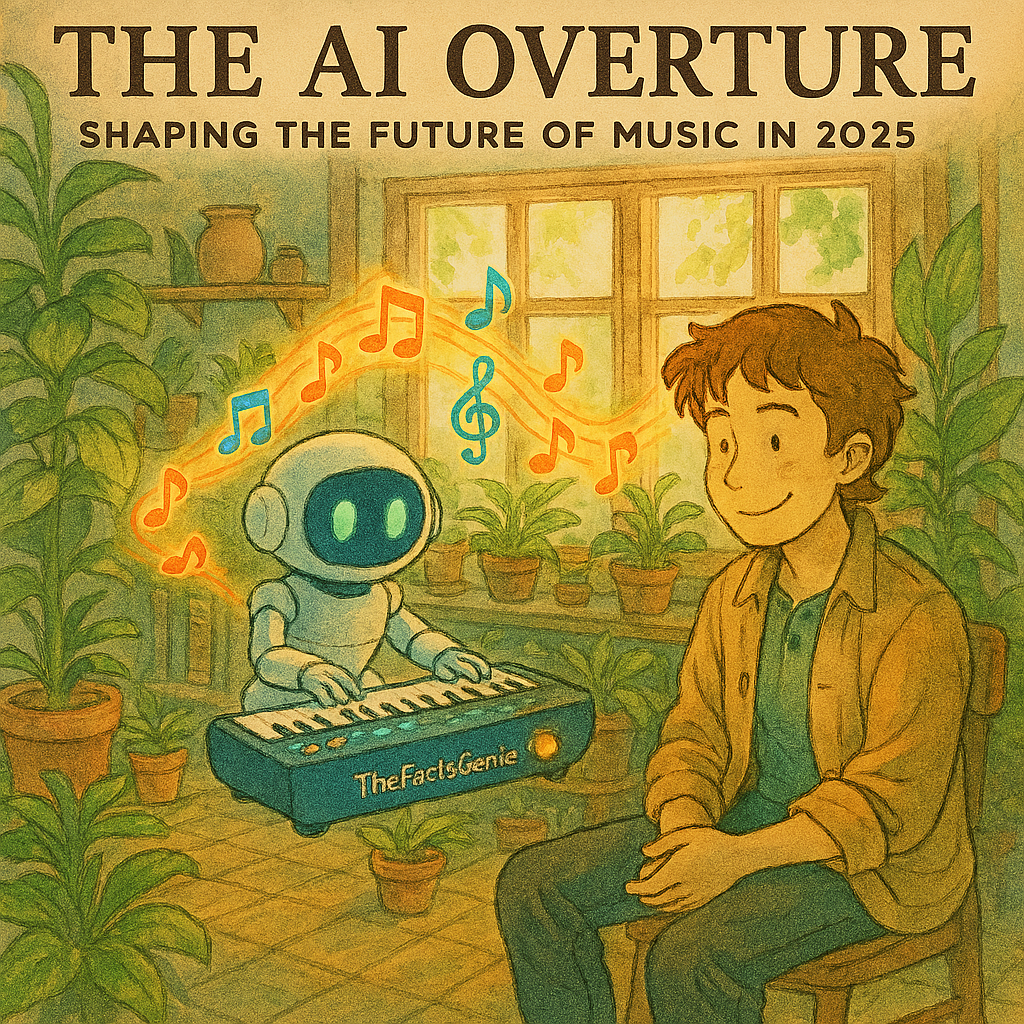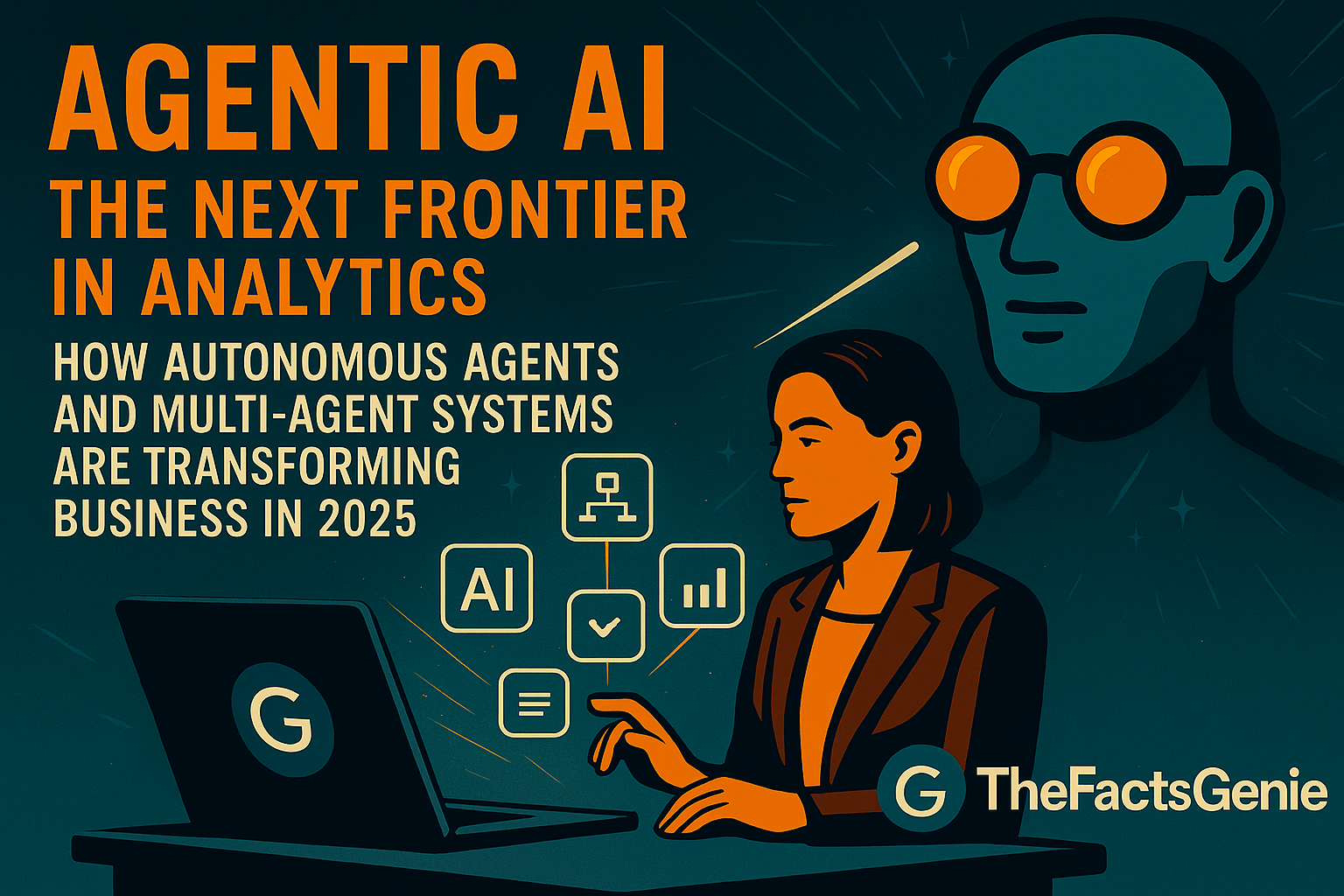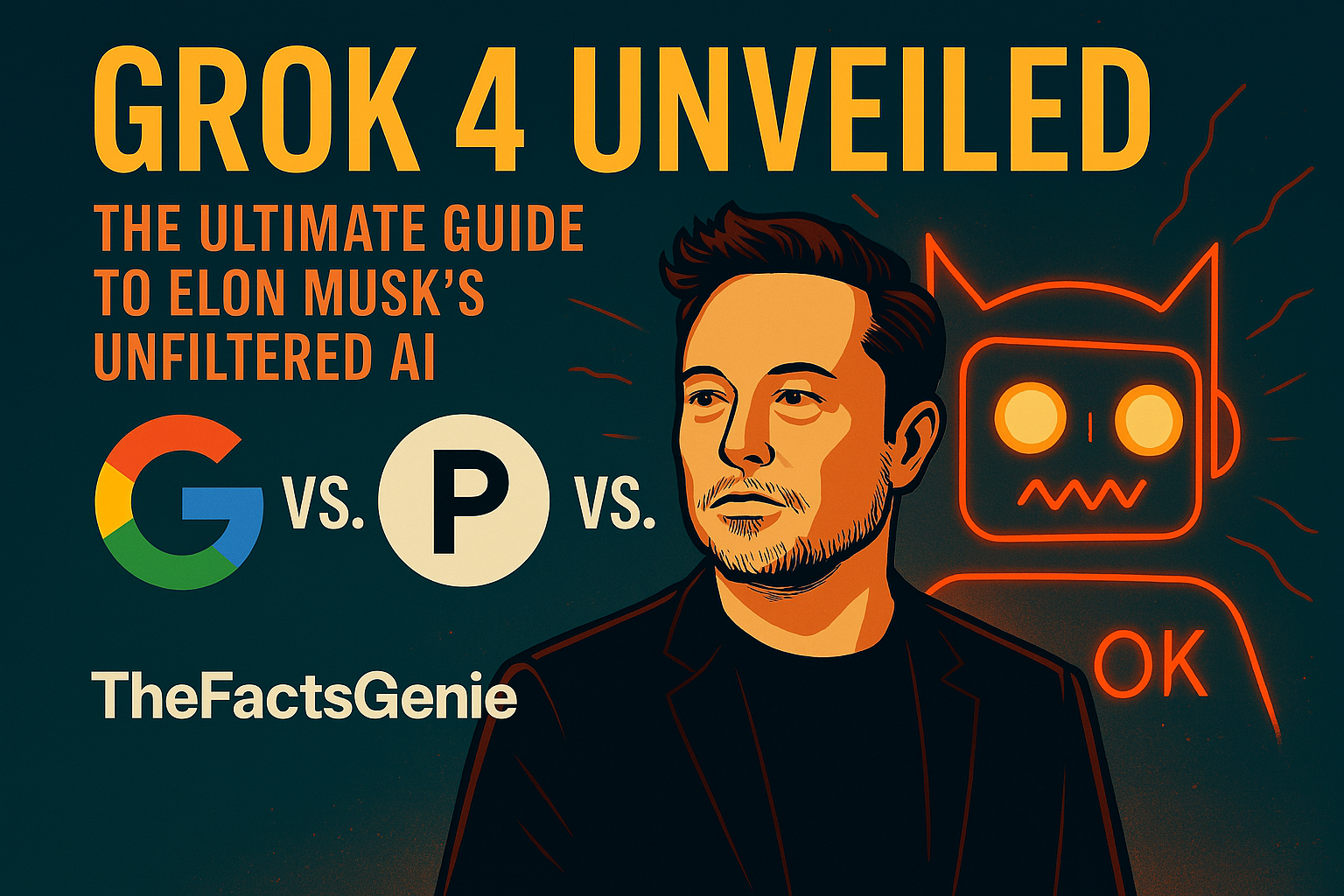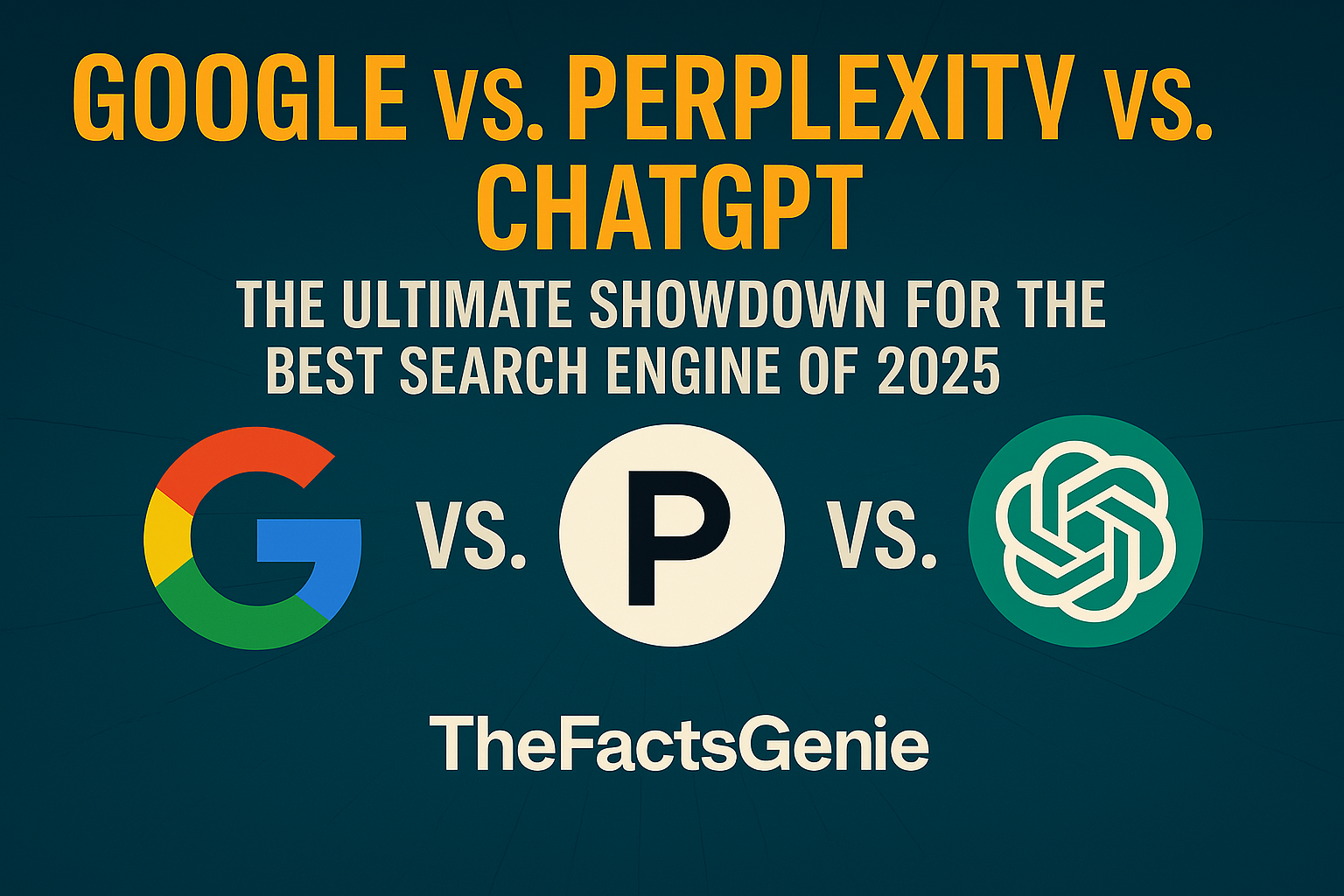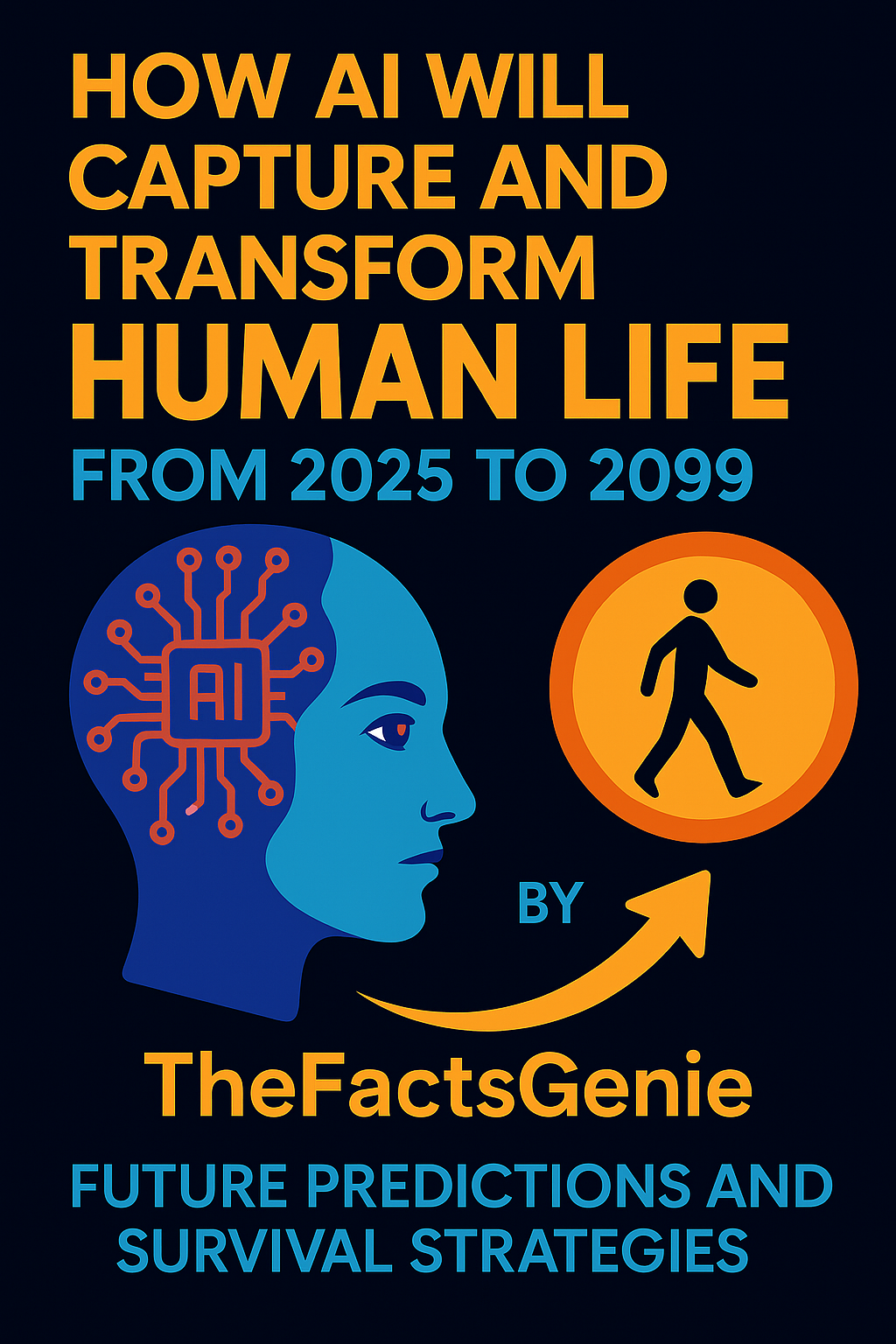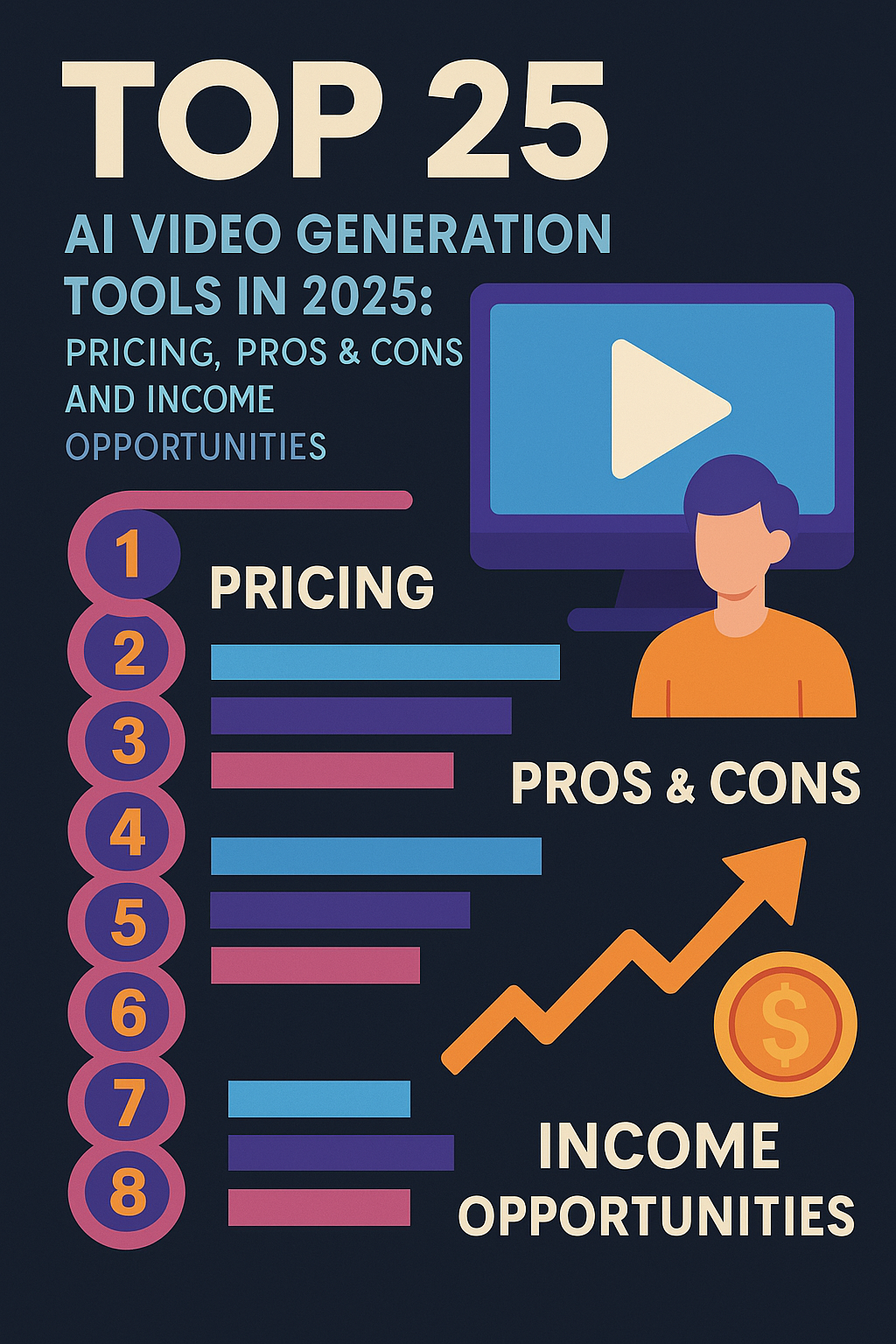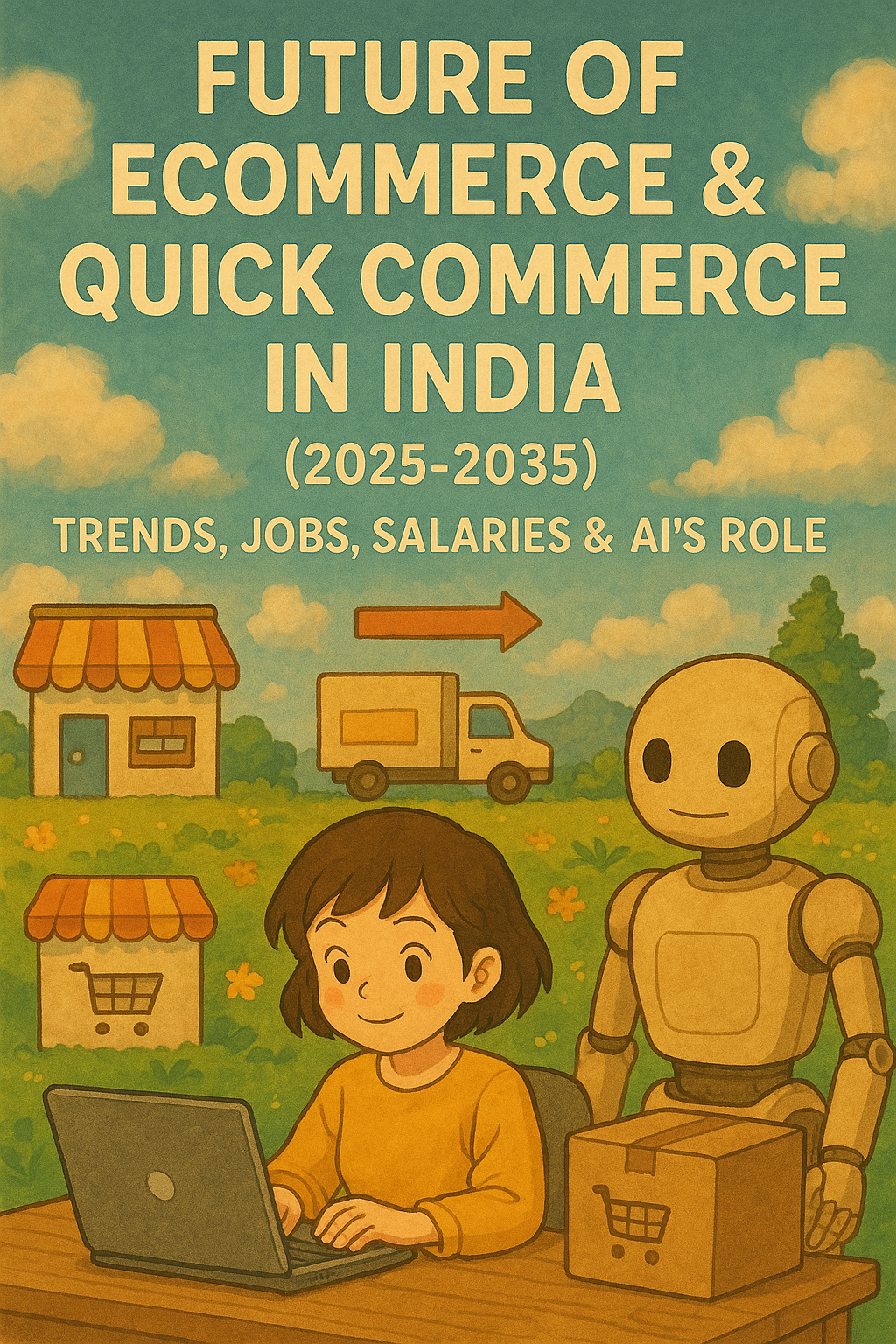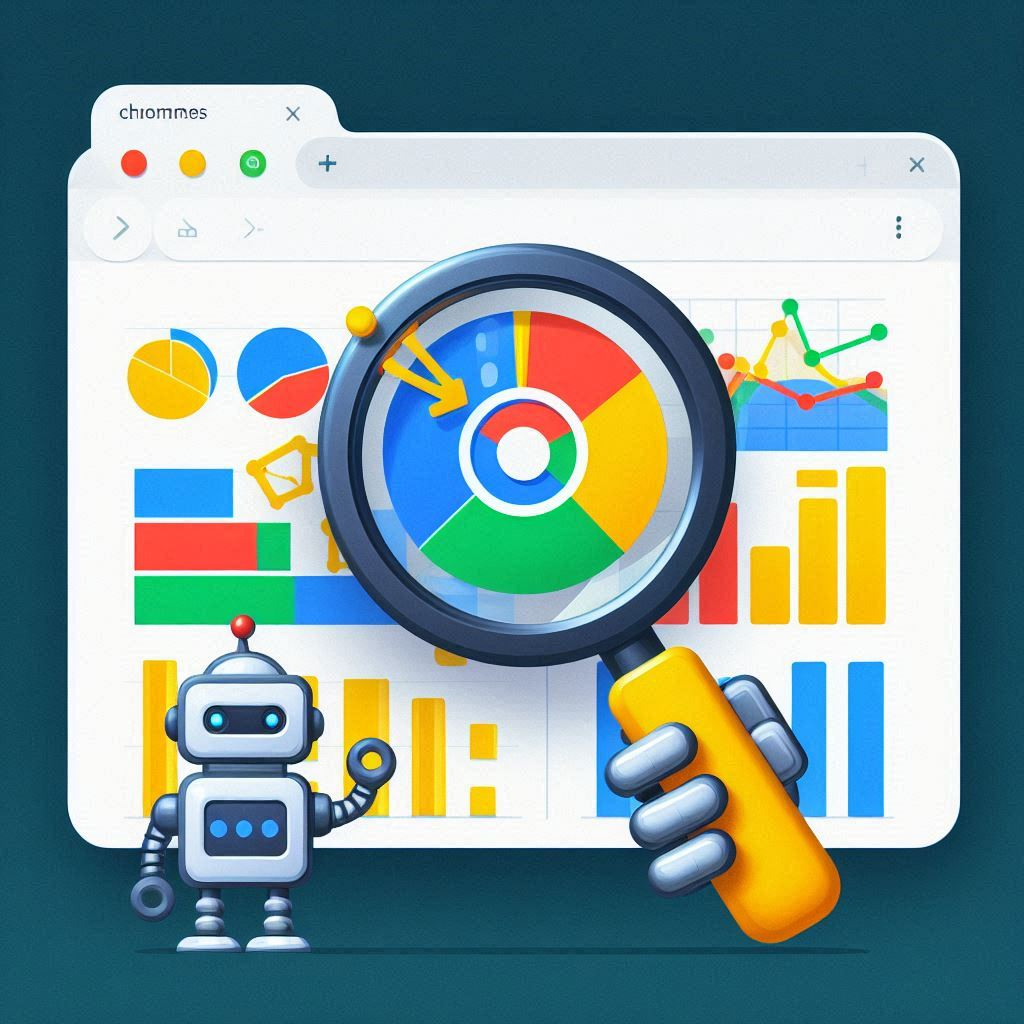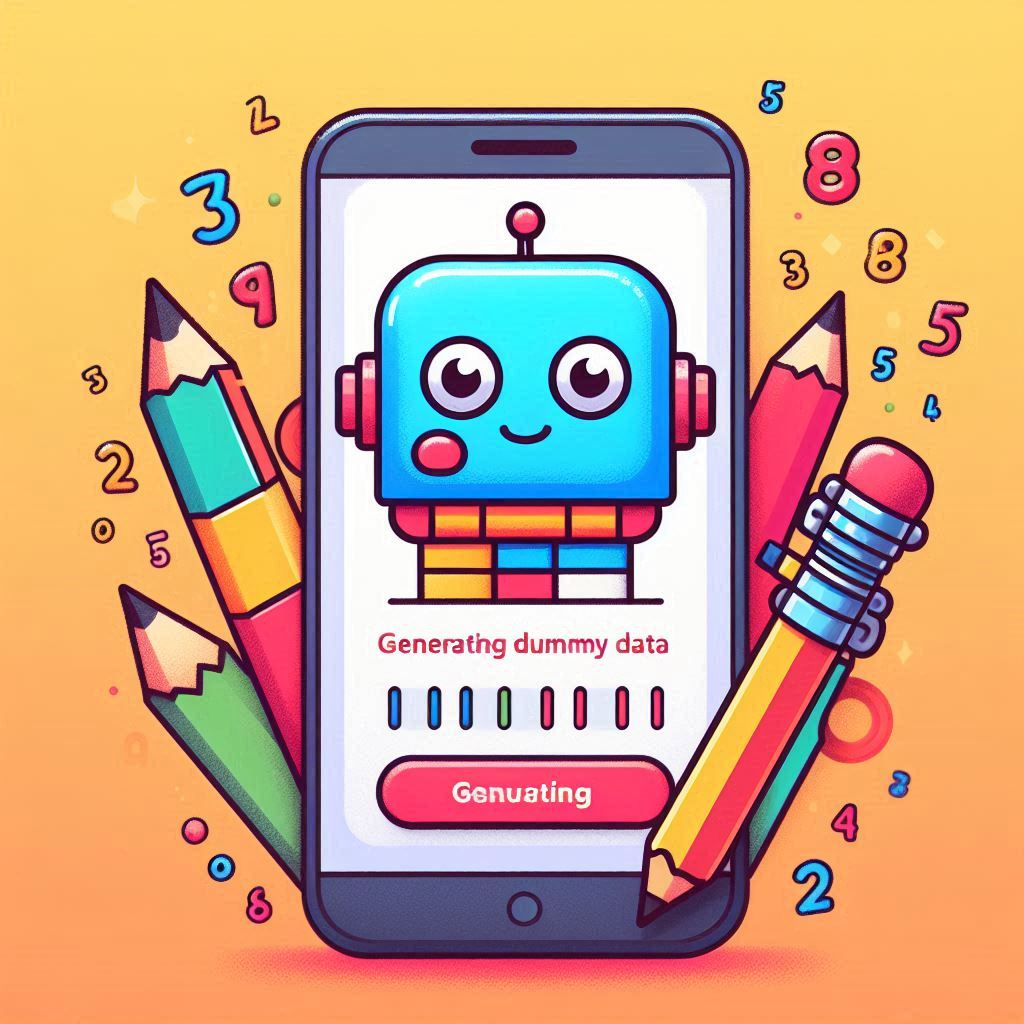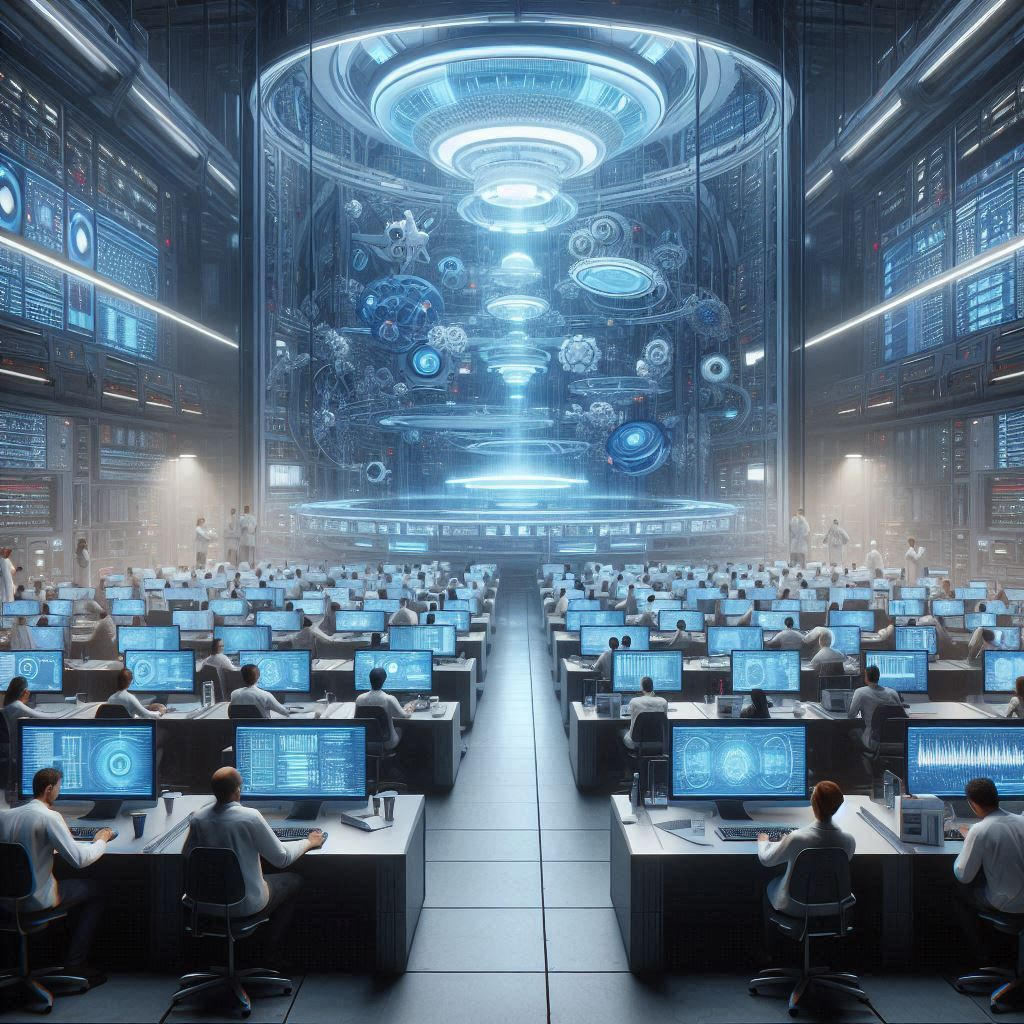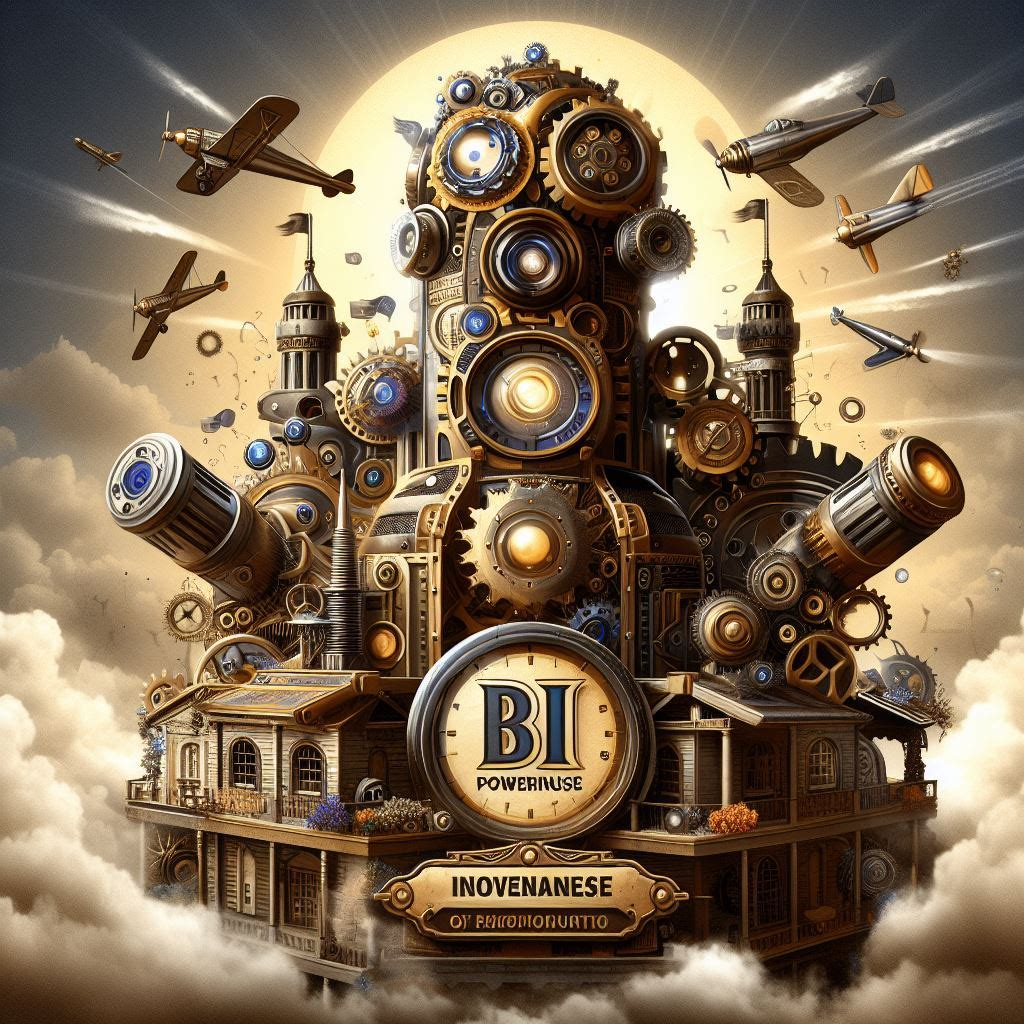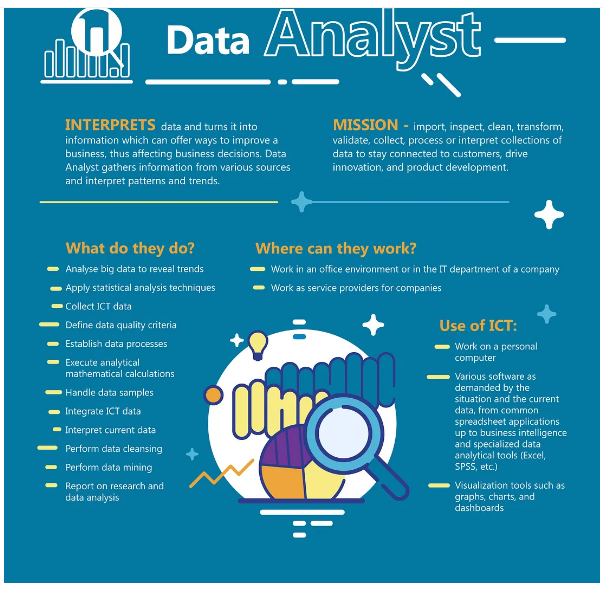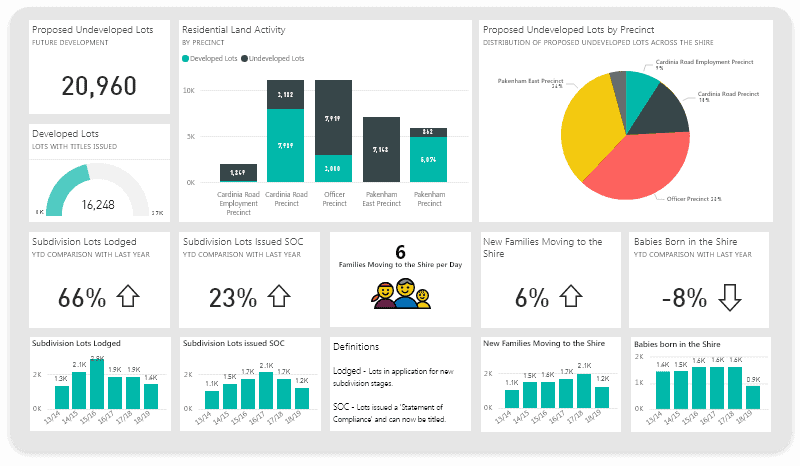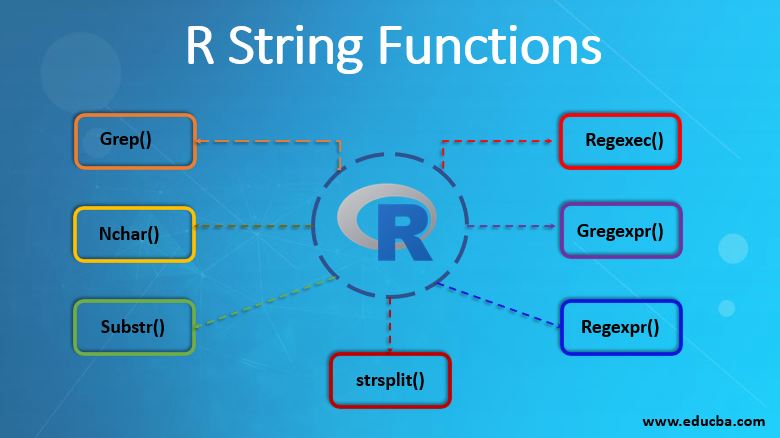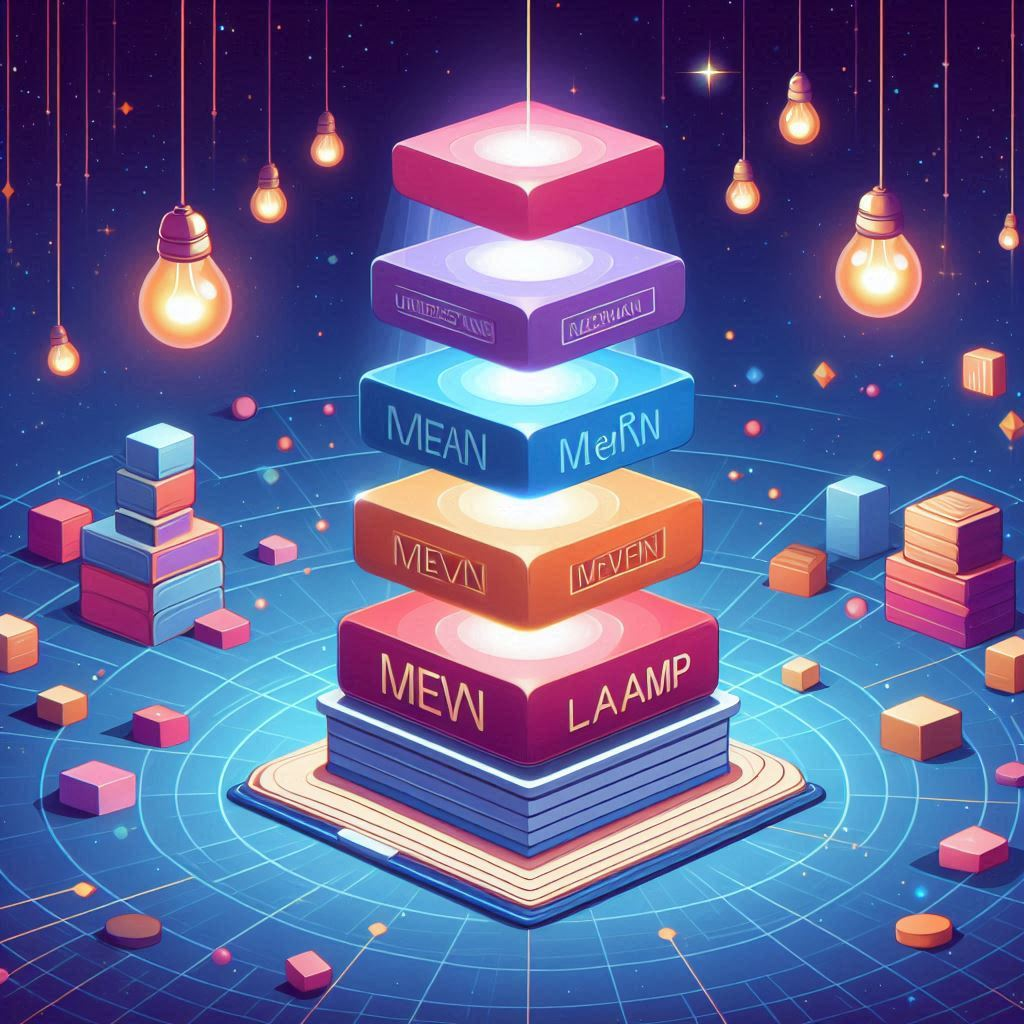
Understanding MEAN, MERN, MEVN, and LAMP Stacks: A Comprehensive Guide
Introduction to Full Stack Development Frameworks
When it comes to building modern web applications, choosing the right technology stack is crucial. Among the most popular stacks are MEAN, MERN, MEVN, and LAMP. Each of these stacks has its own strengths and use cases. This guide will explore each stack in detail, providing examples to help you understand their differences and applications.
1. MEAN Stack
MEAN is an acronym for MongoDB, Express.js, Angular, and Node.js. This stack is known for its use of JavaScript throughout the entire development process.
- MongoDB: A NoSQL database that uses a document-oriented data model. It stores data in flexible, JSON-like documents, which makes it easy to work with and scalable.
Example: Storing user profiles or blog posts in a document format where fields can vary between documents.
- Express.js: A minimalist web application framework for Node.js. It simplifies the process of building server-side applications by providing robust features for web and mobile applications.
Example: Creating API endpoints to handle user authentication or data retrieval.
- Angular: A front-end web application framework developed by Google. It provides a structured approach to building dynamic single-page applications (SPAs) with two-way data binding and dependency injection.
Example: Building a dynamic dashboard where data updates in real-time without refreshing the page.
- Node.js: A JavaScript runtime built on Chrome’s V8 engine. It allows you to execute JavaScript on the server side, enabling full-stack JavaScript development.
Example: Handling server-side logic and database interactions in a chat application.
Example Application: A real-time chat application where users can send and receive messages instantly. The application uses Angular for the front-end, Node.js with Express for the server, and MongoDB to store chat messages.
2. MERN Stack
MERN stands for MongoDB, Express.js, React, and Node.js. Similar to MEAN, MERN uses JavaScript throughout the stack but replaces Angular with React.
- MongoDB: As mentioned, it’s a NoSQL database that allows for flexible and scalable data management.
- Express.js: Provides a streamlined way to build server-side applications.
- React: A JavaScript library developed by Facebook for building user interfaces. React focuses on creating reusable UI components and managing the state of applications efficiently.
Example: Building a component-based user interface for an e-commerce site where users can filter products and view details.
- Node.js: Manages server-side operations, allowing JavaScript to be used both on the client and server sides.
Example Application: An e-commerce platform with a dynamic front-end using React, where users can browse products, add them to the cart, and proceed to checkout. The backend, built with Node.js and Express, handles user authentication and processes transactions.
3. MEVN Stack
MEVN is similar to MEAN but uses Vue.js instead of Angular. Vue.js is known for its simplicity and flexibility.
- MongoDB: A NoSQL database that stores data in a flexible format.
- Express.js: Facilitates the development of server-side logic.
- Vue.js: A progressive framework for building user interfaces. Vue is designed to be incrementally adoptable and focuses on the view layer, making it easy to integrate with other libraries or existing projects.
Example: Building a user-friendly interface for a task management application where users can create, edit, and delete tasks.
- Node.js: Enables server-side operations with JavaScript.
Example Application: A project management tool where users can manage their tasks and collaborate with team members. Vue.js is used for the interactive user interface, while Node.js and Express handle the backend operations.
4. LAMP Stack
LAMP stands for Linux, Apache, MySQL, and PHP. It is a traditional stack known for its stability and ease of use.
- Linux: The operating system on which the stack runs. It’s known for its robustness and is widely used for server environments.
- Apache: A popular open-source web server that serves web content to users. It handles HTTP requests and serves files from the server.
Example: Hosting a WordPress blog where Apache manages the delivery of content to visitors.
- MySQL: A relational database management system (RDBMS) that uses SQL for managing and querying data. It’s widely used in many web applications for its reliability and performance.
Example: Storing user data, posts, and comments in a blog or content management system.
- PHP: A server-side scripting language designed for web development. PHP processes server-side logic and interacts with the database to generate dynamic content.
Example: Creating a dynamic web page that displays user comments retrieved from a MySQL database.
Example Application: A classic example is a WordPress-based website where PHP generates dynamic web pages, MySQL stores the content, Apache serves the content to users, and the server runs on Linux.
Conclusion
Each technology stack—MEAN, MERN, MEVN, and LAMP—offers its own set of tools and frameworks suited to different needs and preferences. MEAN and MERN are ideal for modern, full-stack JavaScript applications, with Angular and React providing robust front-end capabilities, respectively. MEVN offers a similar advantage but with the flexibility of Vue.js. On the other hand, LAMP remains a stalwart choice for traditional web development, offering stability and simplicity with its well-established technologies.
Choosing the right stack depends on your project requirements, development team’s expertise, and the specific features you need. Whether you’re building a dynamic single-page application or a classic website, understanding these stacks can help you make an informed decision.






